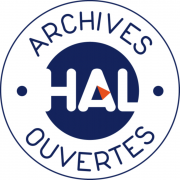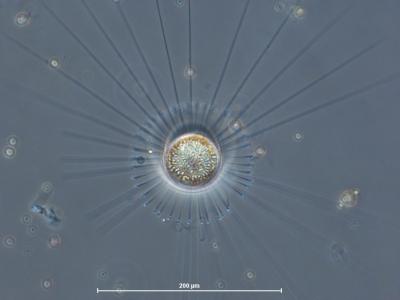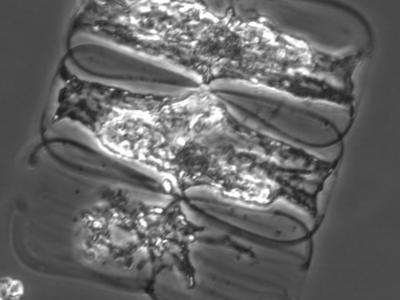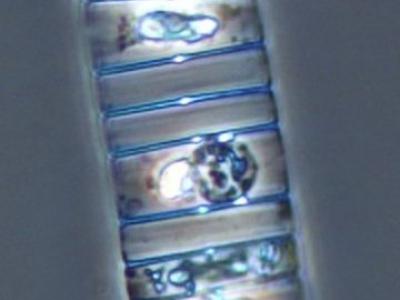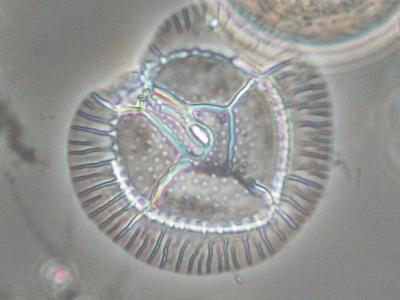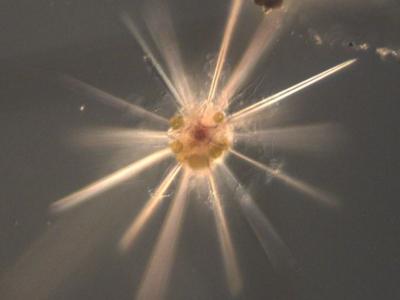BIOGEOCHEMISTRY
Responsibles : Magali Lescot and Elvira Pulido
The major objective of the BIOGEOCHIMISTRY team is to better understand the role of the first autotrophic and heterotrophic levels of the planktonic food web in biogeochemical cycles and their dynamics (biological pumping and exportation) in the context of global change. Indeed, these alterations influence biological pumping, which will modify the carbon-sequestration processes in the oceans.
This team mainly focuses on the following:
- The functional role of major marine planktonic groups (unicellular microorganisms), in particular with a single cell-scale approach
- The cycling of biogenic elements in the seawater column: budgets, fluxes, spatial and temporal variability, stoichiometry, and balance autotrophy/heterotrophy
- Planktonic structure interactions/biogeochemical cycles at different time-space scales, enabling us to determine their variability and causes.
The members of the team combine experimental approaches, fieldwork and modeling. Biogeochemical modeling (Eco3M) occurs upstream and downstream of experiments and oceanographic campaigns and is coupled with physics. This approach requires strong interactions with all the MIO teams and involvement in laboratory challenges and ocean observation.
Areas of interest
Phytoplankton and zooplankton community structures are crucial to understanding the intensity of primary production in surface waters and the efficiency of carbon transfer to the deep ocean.
As we attempt to relate diversity to biological-element cycling, we provide a picture gallery of microplanktonic plankton diversity that was collected during our main field projects on line !



